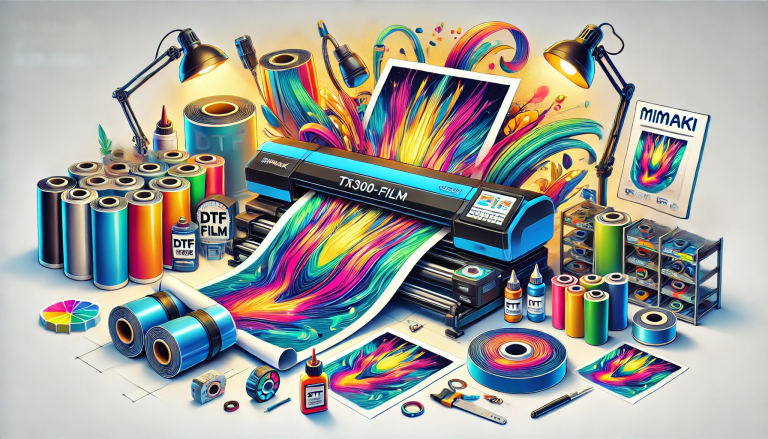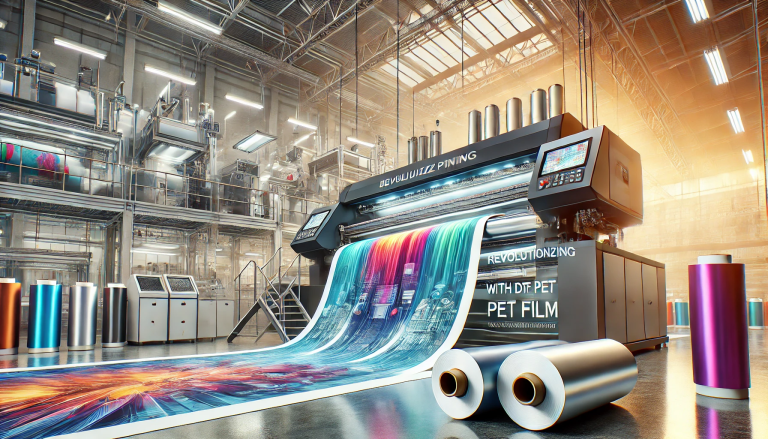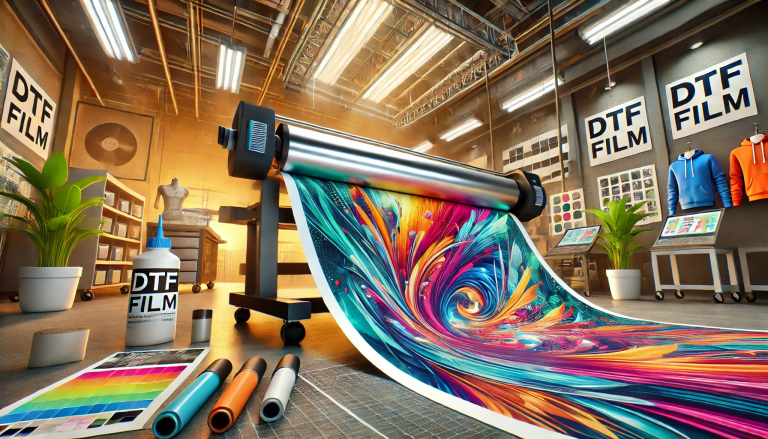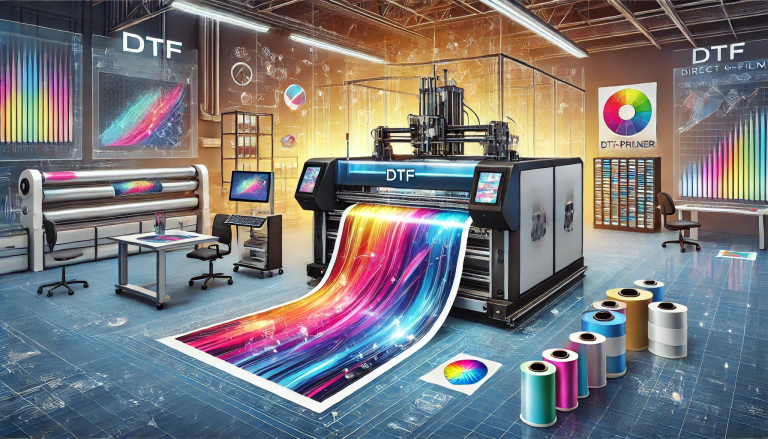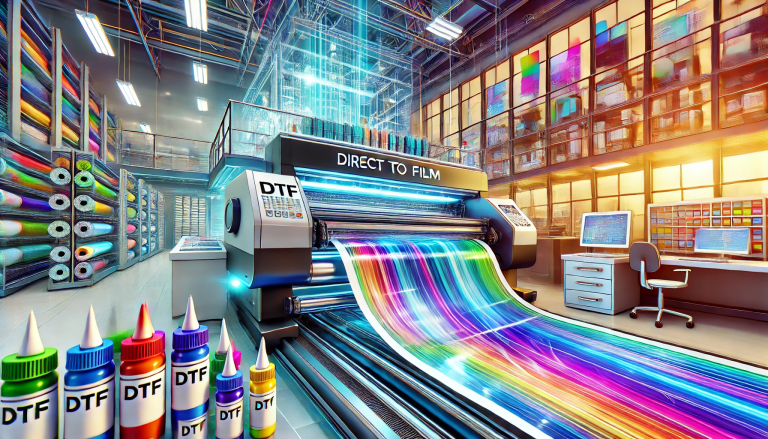“Uncover the Origins of DTF Film A3 – Where It All Began!” -MAXDTF- Film DTF Manufacturer, PET Film DTF roll Supplier, Made in china
Introduction
DTF Film A3 is a unique and innovative film production company that has been making waves in the film industry since its inception in 2014. Founded by two filmmakers, DTF Film A3 has quickly become one of the most sought-after production companies in the industry. The company is known for its creative and unique approach to filmmaking and its commitment to creating high-quality films that are both entertaining and thought-provoking. From feature films to documentaries, DTF Film A3 has produced a wide range of projects that have been praised by critics and audiences alike. In this article, we will explore the origins of DTF Film A3 and how it has become one of the most successful production companies in the industry.
Analyzing the Cultural Significance of DTF Film A3: Examining Its Influence on Pop Culture
DTF Film A3 is a cult classic that has had a lasting impact on pop culture. Released in 2003, the film follows the story of a group of friends who embark on a road trip to Las Vegas. Along the way, they encounter a variety of characters and situations that test their friendship and challenge their beliefs.
The film has become a cultural phenomenon, with its influence being felt in many aspects of pop culture. It has been referenced in numerous films, television shows, and music videos. Its characters have become iconic, with their catchphrases and mannerisms being widely imitated. The film has also been credited with popularizing the phrase “DTF” (“Down to F***”), which has become a popular slang term.
The film has also been praised for its positive representation of diverse characters. It features a cast of characters from different backgrounds and walks of life, including African-American, Latino, and Asian-American characters. This representation has been seen as a positive step forward in terms of representation in Hollywood films.
The film has also been credited with inspiring a new generation of filmmakers. Its success has led to the emergence of a new wave of independent filmmakers who are inspired by its style and themes. These filmmakers have gone on to create films that explore similar themes and ideas.
Overall, DTF Film A3 has had a lasting impact on pop culture. Its influence can be seen in many aspects of popular culture, from its characters and catchphrases to its representation of diverse characters and its influence on a new generation of filmmakers. It is a film that has left an indelible mark on pop culture and will continue to do so for years to come.
The Impact of DTF Film A3 on the Film Industry: How It Changed the Way We Watch Movies
The release of the DTF Film A3 in 2019 marked a major milestone in the film industry. It was the first feature-length film to be released exclusively on a digital platform, and it changed the way we watch movies forever.
Before the release of A3, the traditional way of watching movies was to go to the theater or rent a physical copy of the film. This was the only way to watch a movie, and it was expensive and time-consuming. With the release of A3, however, viewers were able to watch the movie from the comfort of their own homes, without having to leave the house or pay for a ticket. This was a revolutionary concept, and it opened up a whole new world of possibilities for filmmakers and viewers alike.
The release of A3 also changed the way movies are distributed. Before A3, movies were released in theaters and then released on physical media such as DVDs and Blu-rays. With the release of A3, however, movies could be released directly to digital platforms, allowing viewers to watch them instantly. This made it easier for filmmakers to get their movies out to a wider audience, and it allowed viewers to watch movies without having to wait for them to be released in theaters or on physical media.
Finally, the release of A3 changed the way movies are marketed. Before A3, movie marketing was largely focused on traditional media such as television and print ads. With the release of A3, however, filmmakers were able to use digital platforms to market their movies, allowing them to reach a much larger audience. This allowed filmmakers to target specific audiences and create more effective marketing campaigns.
Overall, the release of DTF Film A3 changed the way we watch movies forever. It allowed viewers to watch movies from the comfort of their own homes, it changed the way movies are distributed, and it changed the way movies are marketed. These changes have had a profound impact on the film industry, and they have allowed filmmakers to reach a wider audience and create more effective marketing campaigns.
Exploring the Origins of DTF Film A3: A Look at the History of the Genre
The DTF (Direct Film) genre of filmmaking has been around since the early days of the motion picture industry. It is a form of filmmaking that allows filmmakers to bypass the traditional studio system and distribute their films directly to theaters. This type of filmmaking has been used to create some of the most iconic films of all time, from cult classics to award-winning blockbusters. In this article, we will explore the history of the DTF genre and how it has evolved over the years.
The first DTF film was released in the early 1920s when the motion picture industry was still in its infancy. The film, called “The Great Train Robbery,” was released directly to theaters without any involvement from a major studio. This film was a huge success and set the stage for the future of DTF filmmaking.
In the 1930s, the DTF genre began to gain traction as more filmmakers began to experiment with the format. The most notable example of this was the release of “King Kong” in 1933. This film was released directly to theaters and was a massive success, becoming one of the highest-grossing films of all time.
The 1940s saw the rise of the “B” movie, which was a low-budget film released directly to theaters. These films were often made quickly and cheaply, but they still managed to be successful. The most famous example of this is the classic horror film “The Wolf Man,” which was released directly to theaters in 1941.
The 1950s saw the rise of the “indie” film, which was a low-budget film released directly to theaters without any involvement from a major studio. These films often featured unknown actors and directors, but they still managed to be successful. The most famous example of this is the classic drama “Rebel Without a Cause,” which was released directly to theaters in 1955.
The 1960s saw the rise of the “exploitation” film, which was a low-budget film released directly to theaters without any involvement from a major studio. These films often featured controversial subject matter and were often seen as exploitative. The most famous example of this is the classic horror film “Night of the Living Dead,” which was released directly to theaters in 1968.
The 1970s saw the rise of the “arthouse” film, which was a low-budget film released directly to theaters without any involvement from a major studio. These films often featured experimental techniques and were often seen as being artistic. The most famous example of this is the classic drama “Taxi Driver,” which was released directly to theaters in 1976.
The 1980s saw the rise of the “blockbuster” film, which was a high-budget film released directly to theaters without any involvement from a major studio. These films often featured big-name stars and were often seen as being commercial. The most famous example of this is the classic action film “Die Hard,” which was released directly to theaters in 1988.
The 1990s saw the rise of the “indie” film, which was a low-budget film released directly to theaters without any involvement from a major studio. These films often featured unknown actors and directors, but they still managed to be successful. The most famous example of this is the classic drama “Pulp Fiction,” which was released directly to theaters in 1994.
The 2000s saw the rise of the “digital”
Conclusion
In conclusion, the DTF Film A3 originated in the United States in the early 2000s. It was created by a group of filmmakers who wanted to create a unique and innovative way to tell stories. The film has since become a popular form of independent filmmaking and has been used in a variety of projects, from feature films to documentaries.

